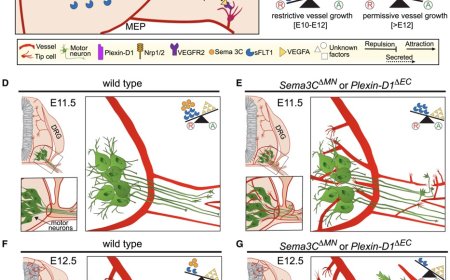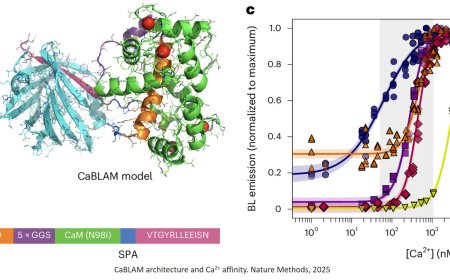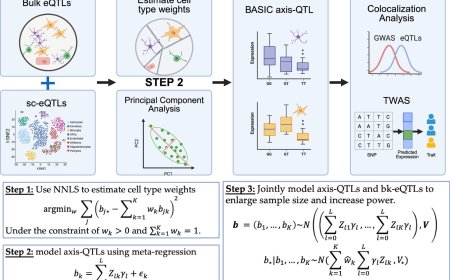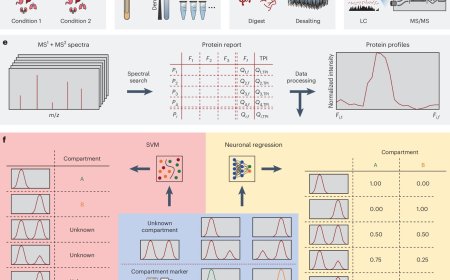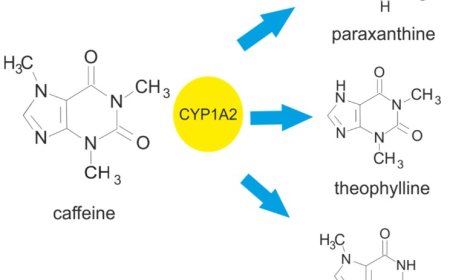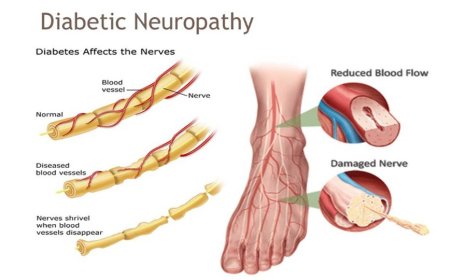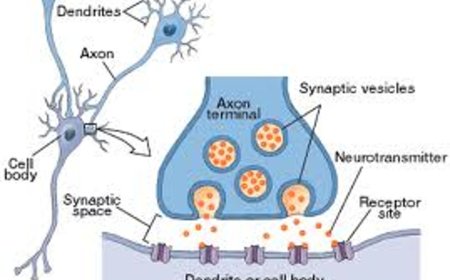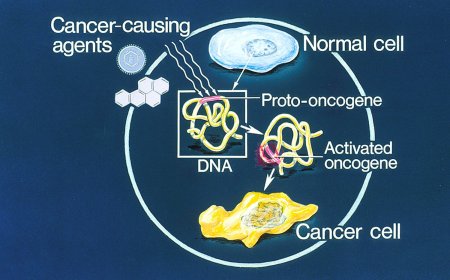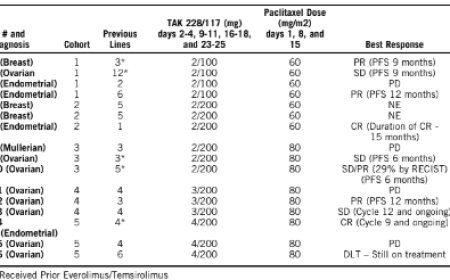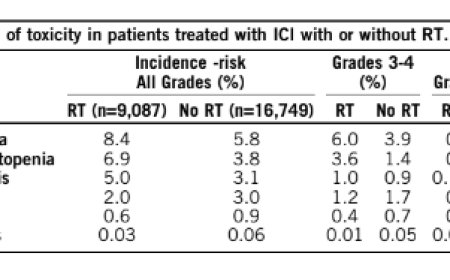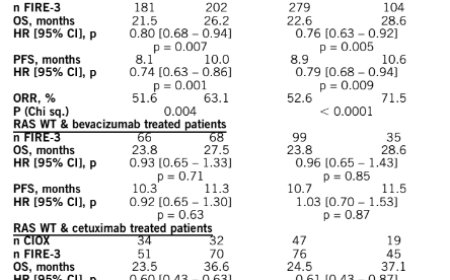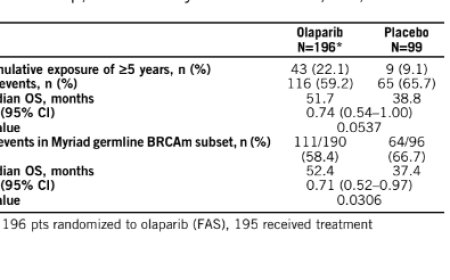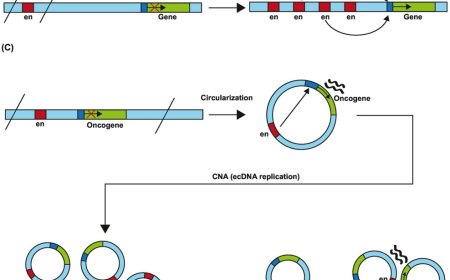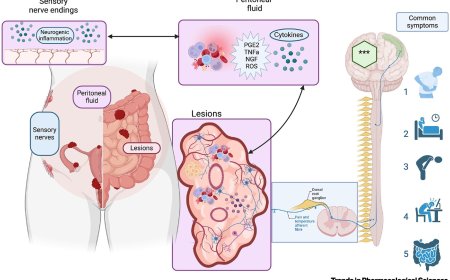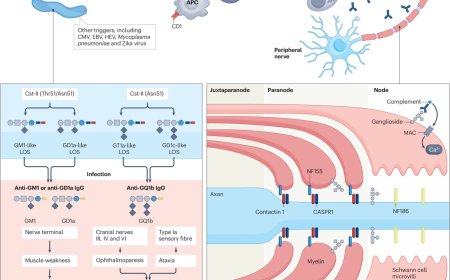Redefining dopaminergic synapses
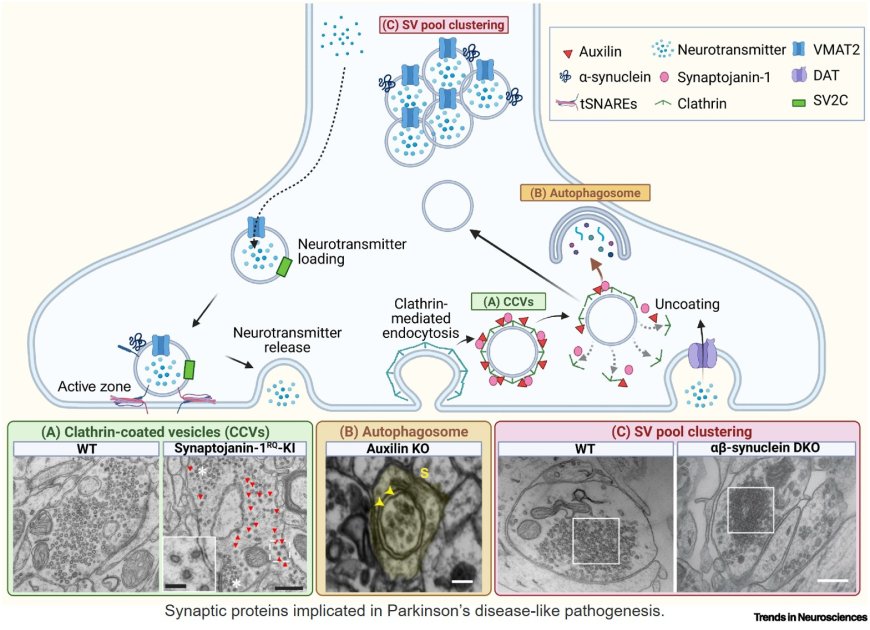
Dopaminergic neurons often release neurotransmitters from bouton-like structures lacking classical postsynaptic densities, reflecting non-classical modes of synaptic transmission.
Cutting-edge techniques, like cryoelectron tomography, serial volume electron microscopy, and nanosensors, have uncovered diverse vesicle populations and distinct release dynamics involved in dopamine signaling.
Dopaminergic neurons use VMAT2- positive vesicles of varying sizes, trafficked through pathways distinct from those of glutamate and γ-aminobutyric acid (GABA) vesicles.
This compartmentalization is crucial for co-transmission and synaptic plasticity. Mutations in genes regulating vesicle recycling (e.g., SYNJ1, DNAJC6, SV2C, SNCA) impair this process in dopaminergic neurons, linking vesicular dysfunction to Parkinson’s disease.
https://www.cell.com/trends/neurosciences/fulltext/S0166-2236(25)00197-3
